By 1964, Chuck Berry’s twangy guitar licks had already inspired John Lennon and Keith Richards to form bands that propelled the rock and roll genre he pioneered. But on “You Never Can Tell”, Berry’s guitar takes a back seat to Johnnie Johnson’s rollicking piano, connecting rock and roll to a crucial part of its roots: jazz.
Videos by American Songwriter
Both the Mississippi River and French colonial history connect Berry’s hometown of St. Louis to New Orleans. And the connection continues as “You Never Can Tell” links Berry’s St. Louis blues with a French young love story.
About “You Never Can Tell”
Berry tells the story of a teenage marriage and the struggles of a young couple trying to make ends meet. The wedding takes place in New Orleans, and when Pierre finds a job, he and his madame fill their apartment with cheap furniture, TV dinners, and a large record collection.
It was a teenage wedding
And the old folks wished them well.
You could see that Pierre did truly
Love the mademoiselle.
A French theme runs through Berry’s tune as Pierre and his wife return to New Orleans to celebrate their anniversary. With each episode of the couple’s journey, the old folks look on and say, “C’est la vie,” or “Such is life.”
They had a hi-fi phono
Boy, did they let it blast.
Seven hundred little records
All rock, rhythm, and jazz.
‘Pulp Fiction’ and French Nouvelle Vague
Thirty years after its release, “You Never Can Tell” found a new audience in Quentin Tarantino’s Pulp Fiction. John Travolta’s and Uma Thurman’s characters dance the twist to Berry’s track, adding to Travolta’s history of memorable dance scenes.
The choreography is cool-chic, as Tarantino’s French New Wave style further highlights the New Orleans roots of Berry’s song. Speaking of the French New Wave influence and its pioneer, Jean-Luc Godard, Tarantino said, “To me, Godard did to movies what Bob Dylan did to music: they both revolutionized their forms.” The musical scene is Tarantino’s tribute to Godard.
Cover Versions
John Prine covered “You Never Can Tell”, which appeared on his 1975 album Common Sense. The uptempo Americana in Prine’s reading fits the kind of witty narratives that made him, like Berry, one of the most influential songwriters of the 20th century.
Prine’s quick boogie isn’t what you’d expect from the folk legend. But he came of age with the birth of rock and roll, and Berry’s lyrics influenced Prine’s own vivid storytelling.
Two years later, Emmylou Harris recorded a version for her album Luxury Liner. The track features Cajun fiddle licks by Ricky Skaggs, placing Harris’s country rock in the heart of the French Quarter.
“You Never Can Tell” was Berry’s final Top 40 hit until 1972 when “My Ding-A-Ling” became his first and only No. 1 song. C’est la vie.
Photo by Everett/Shutterstock

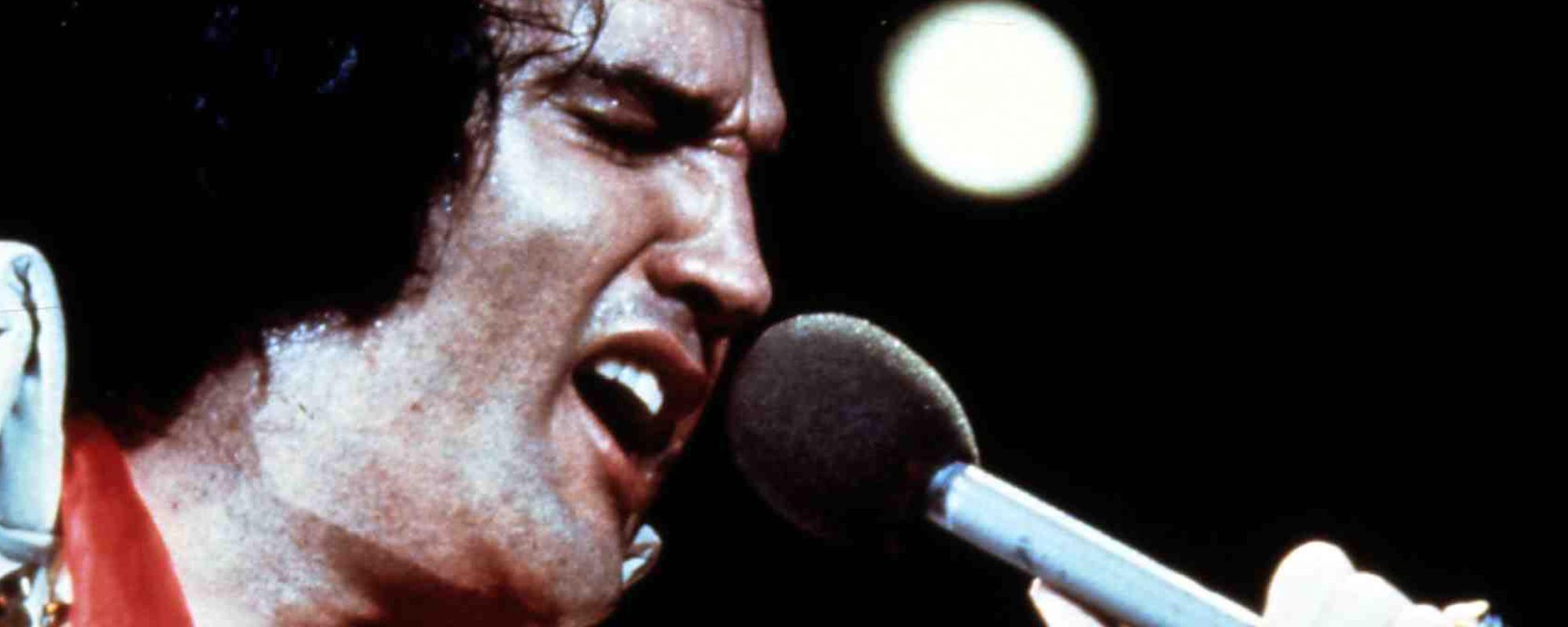
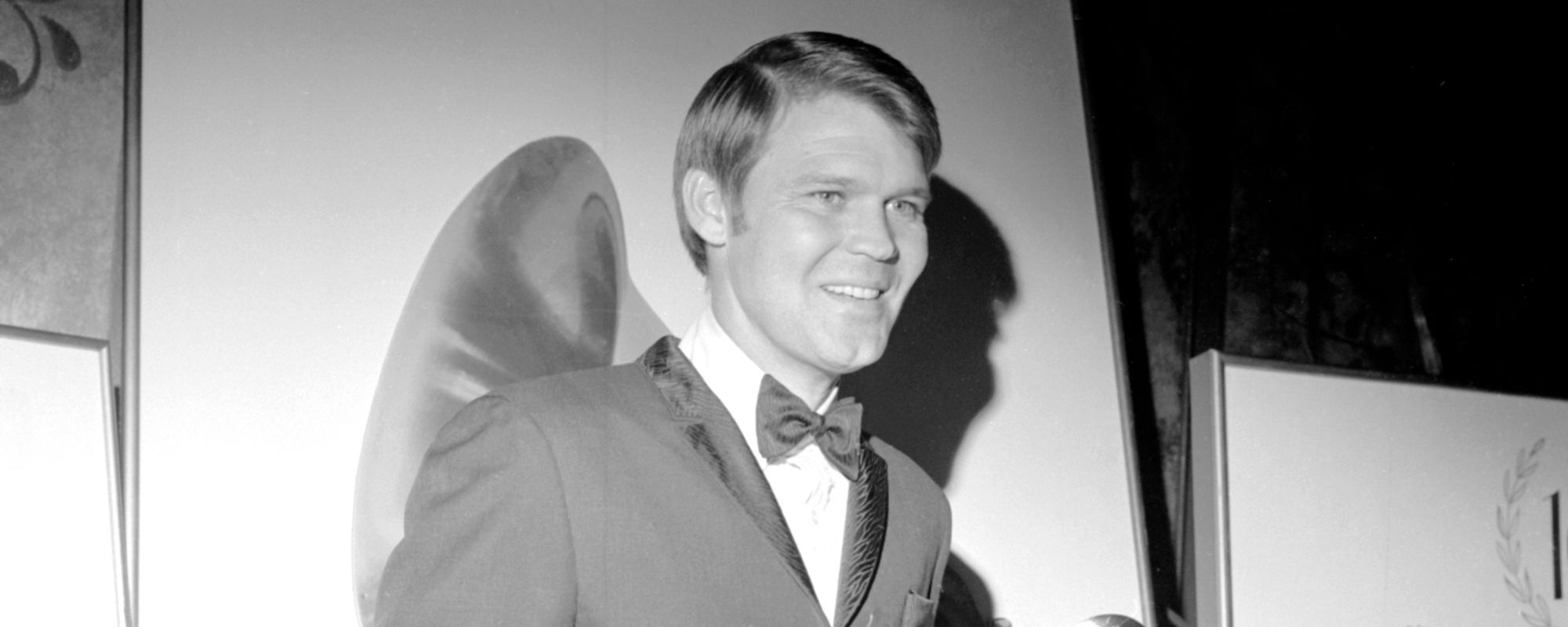
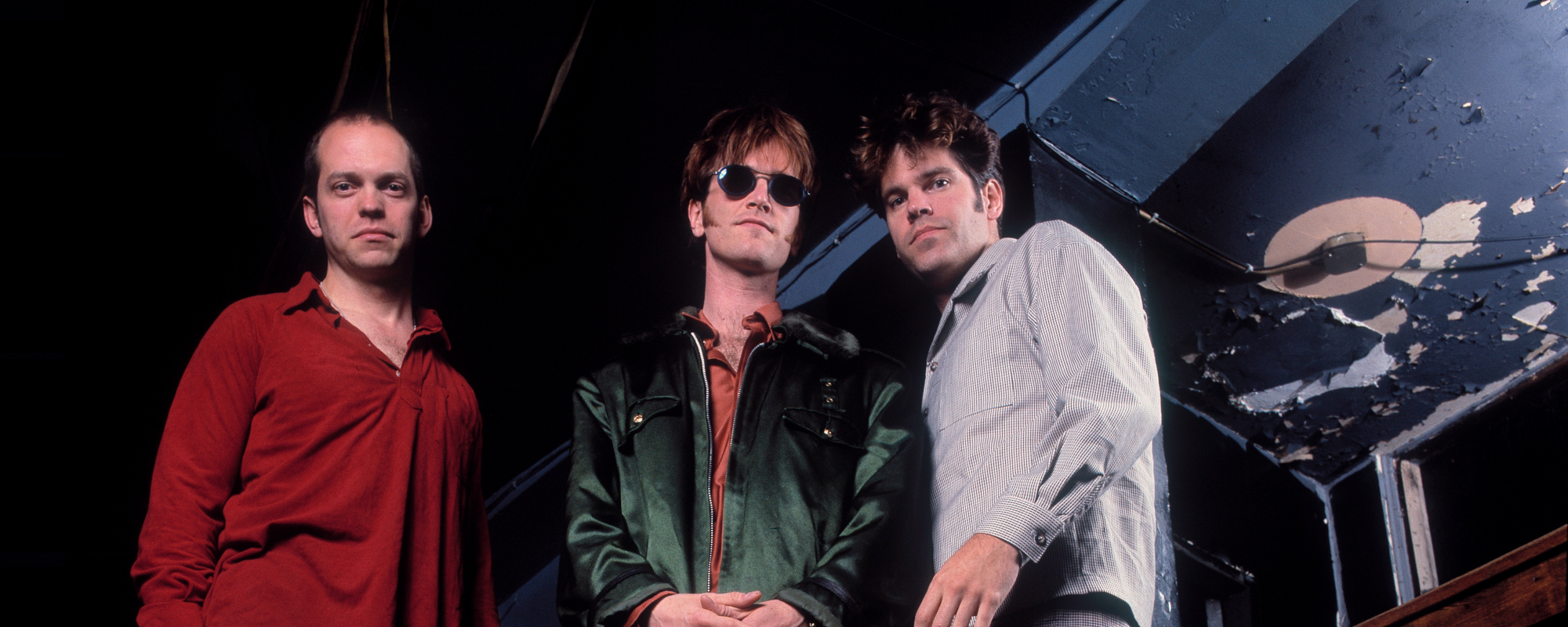
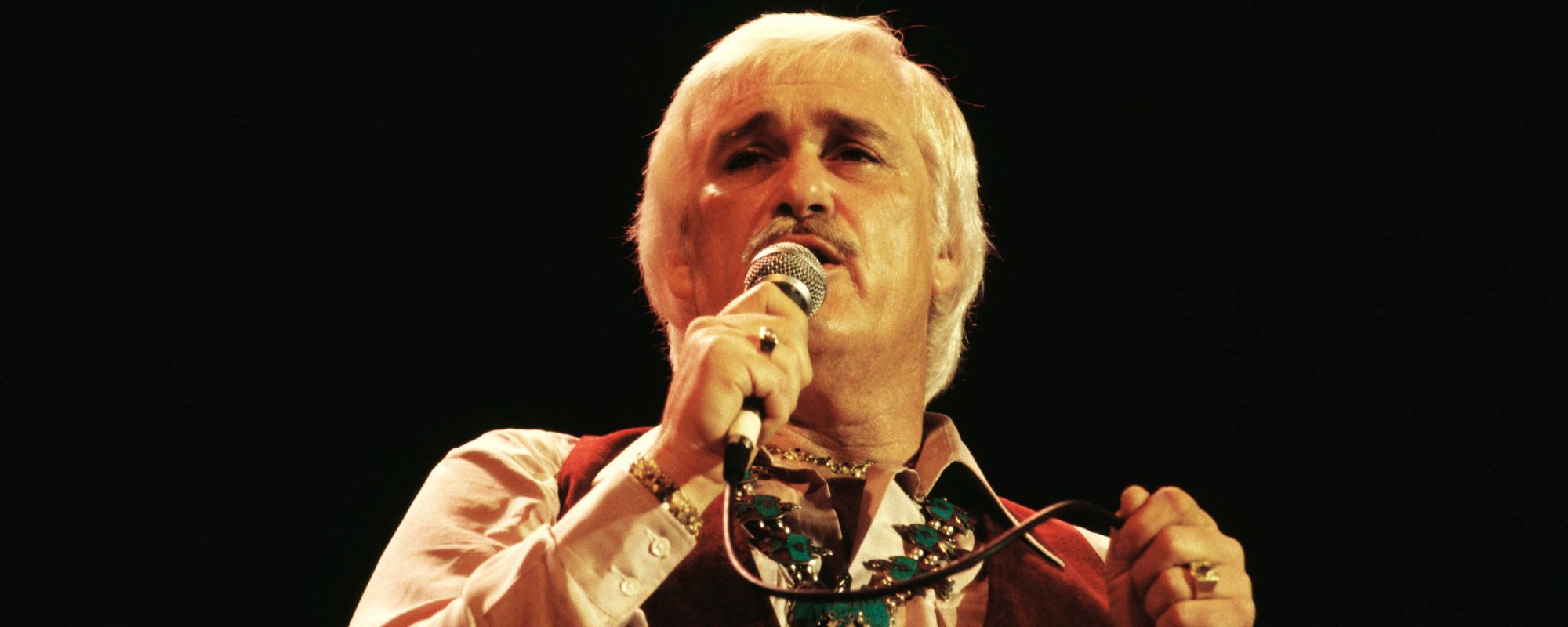


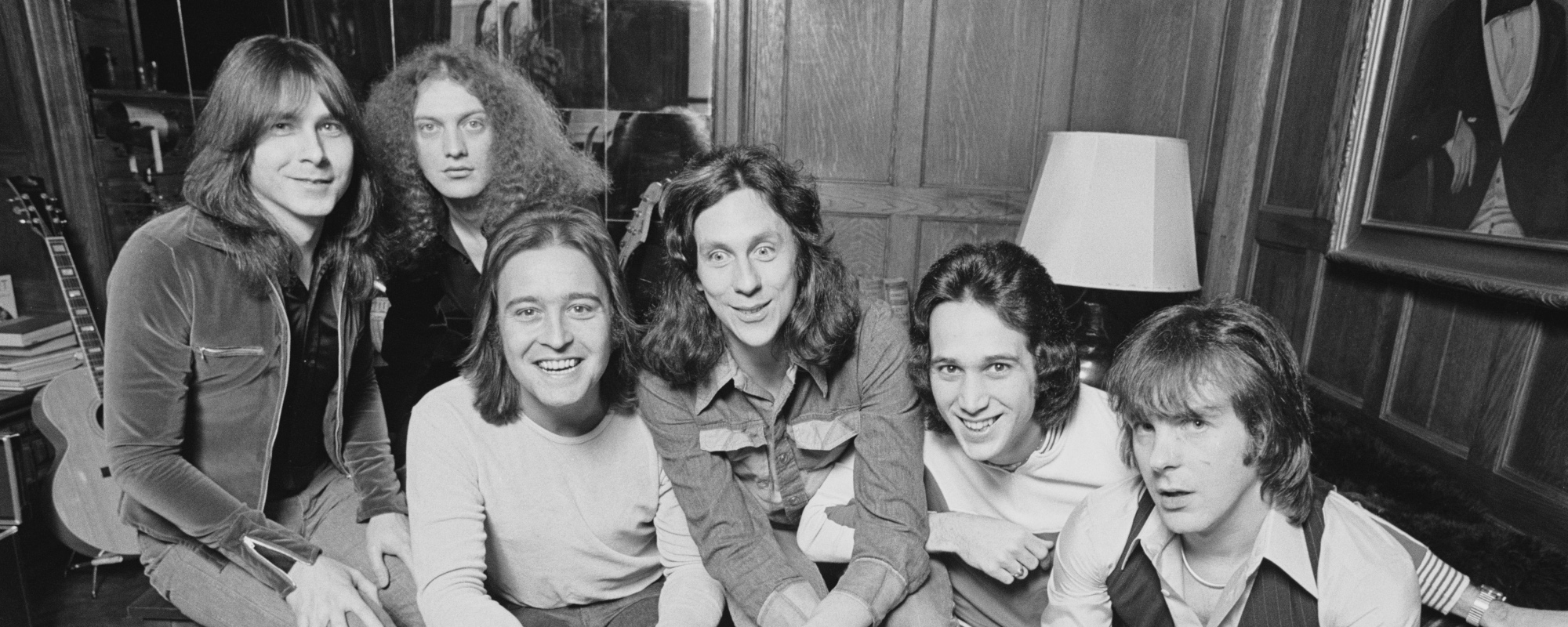


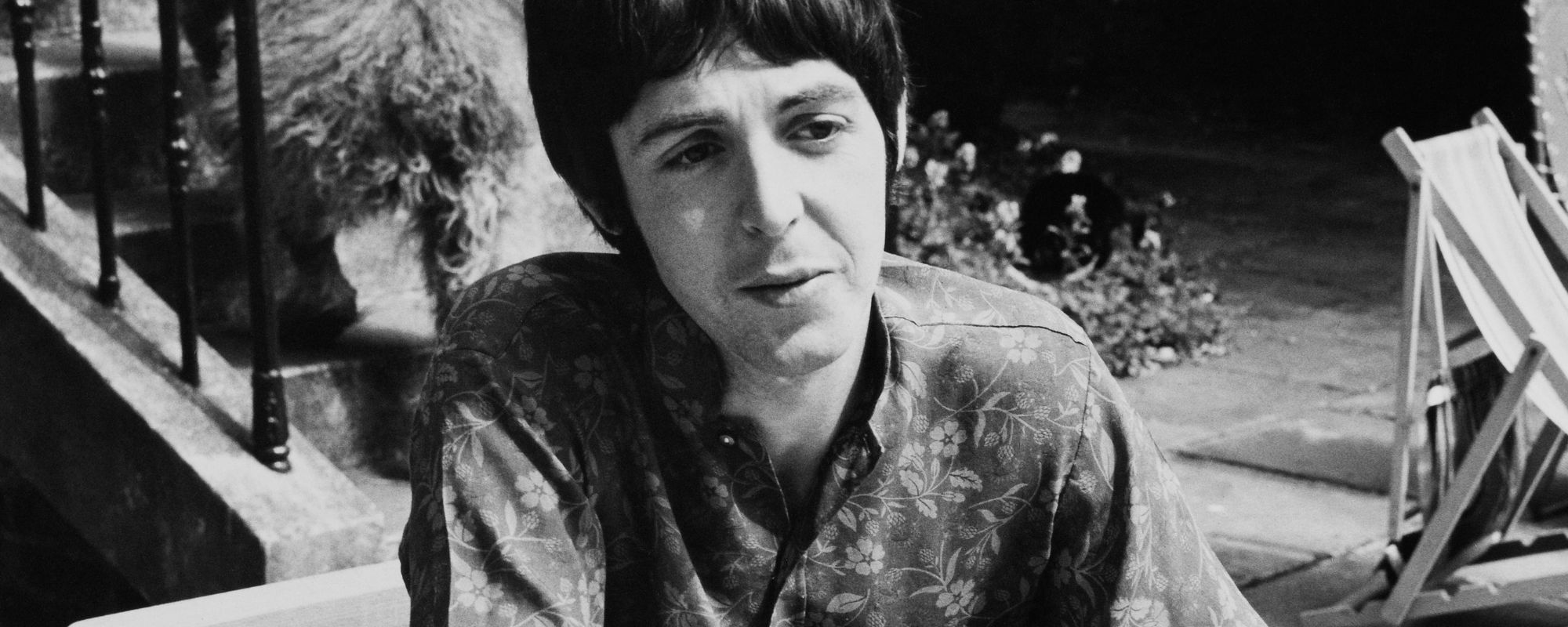

Leave a Reply
Only members can comment. Become a member. Already a member? Log in.